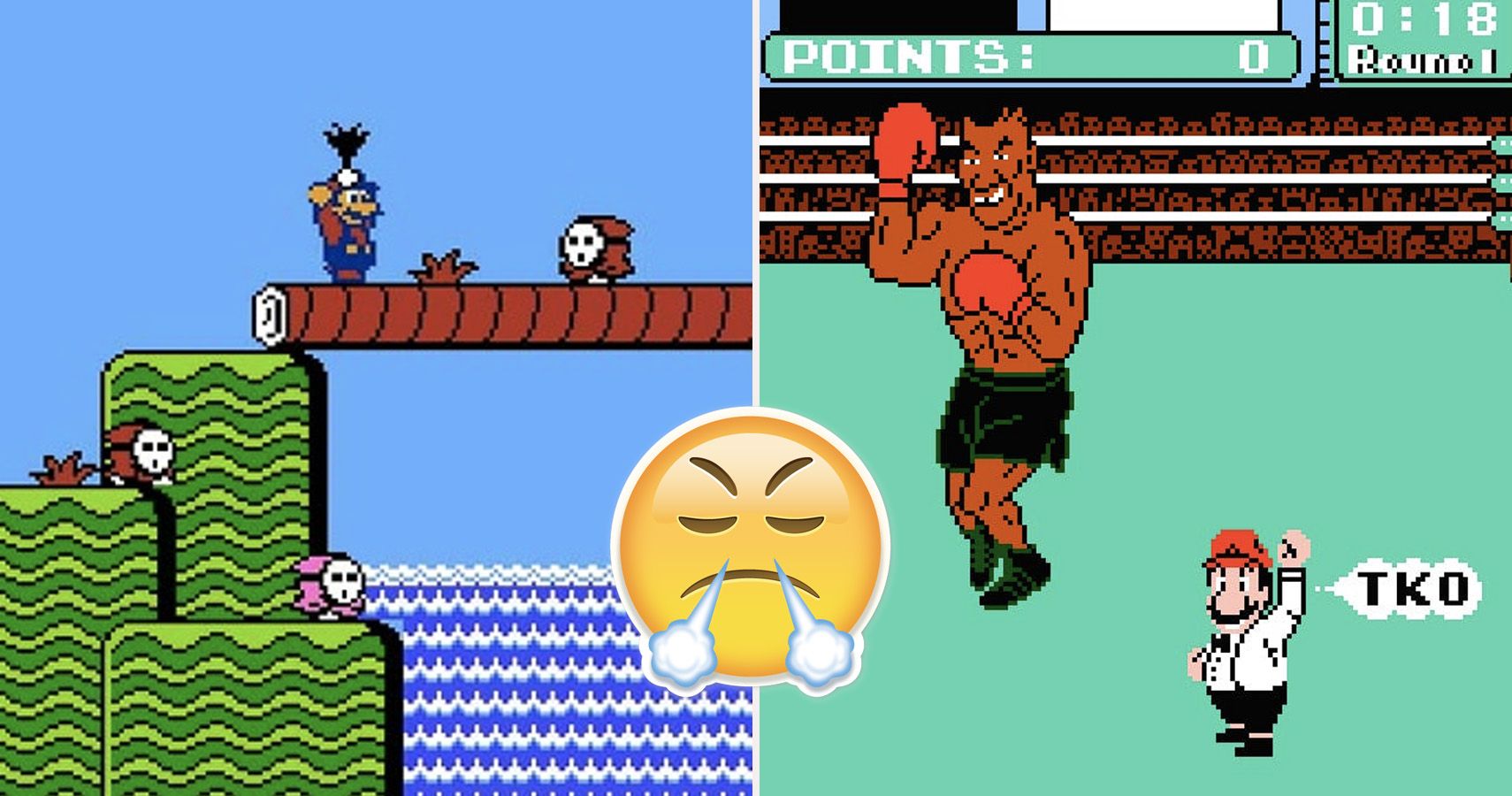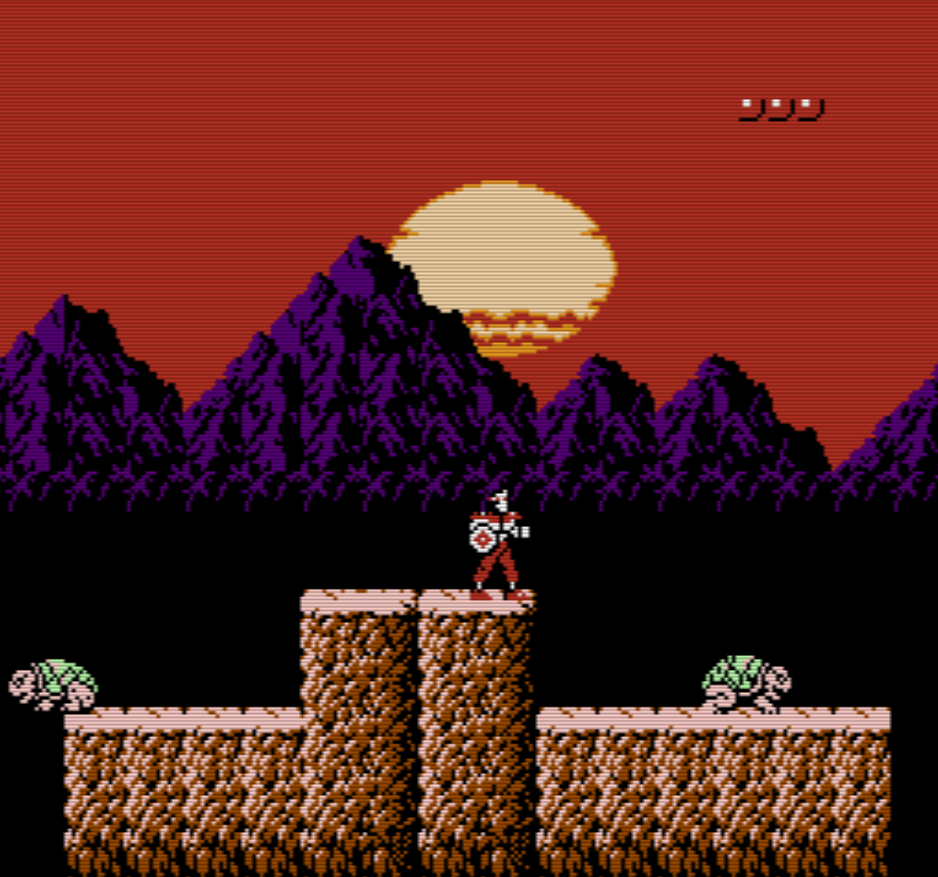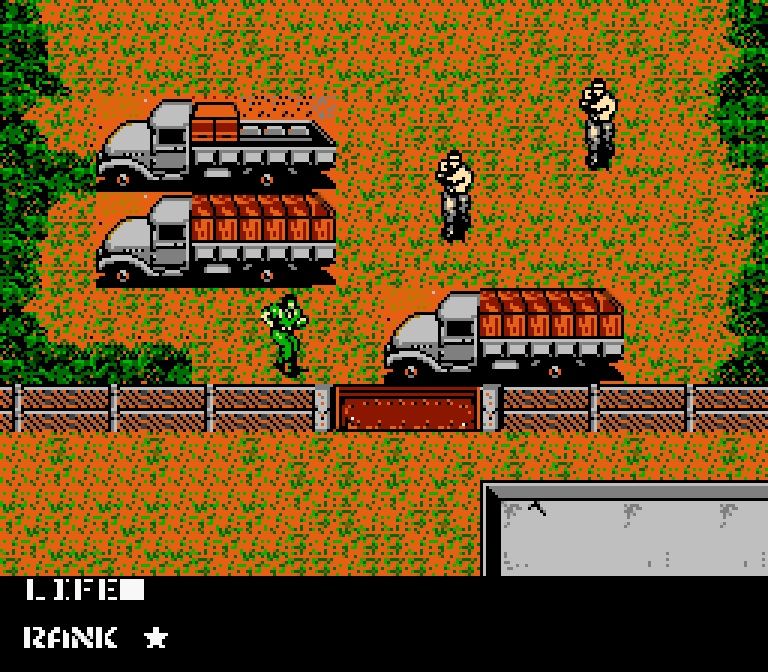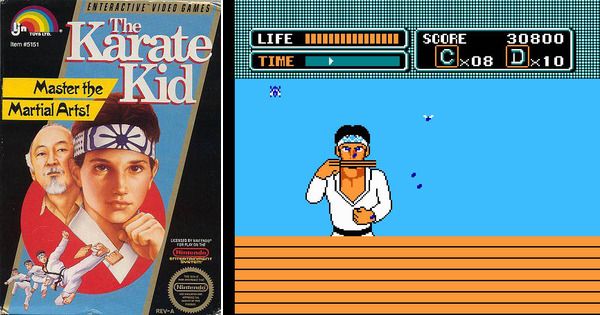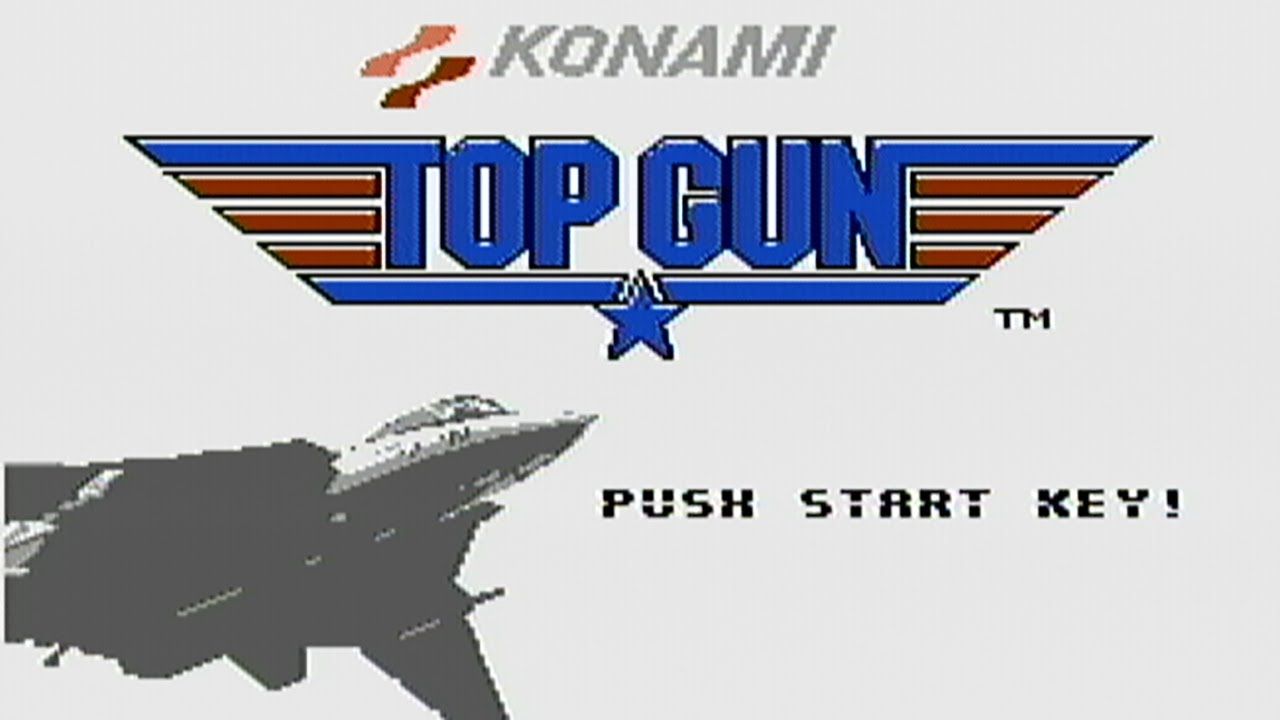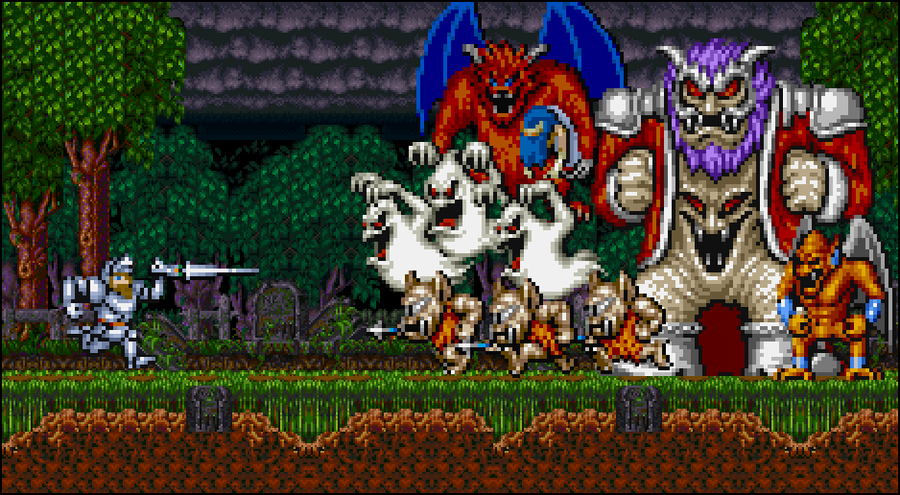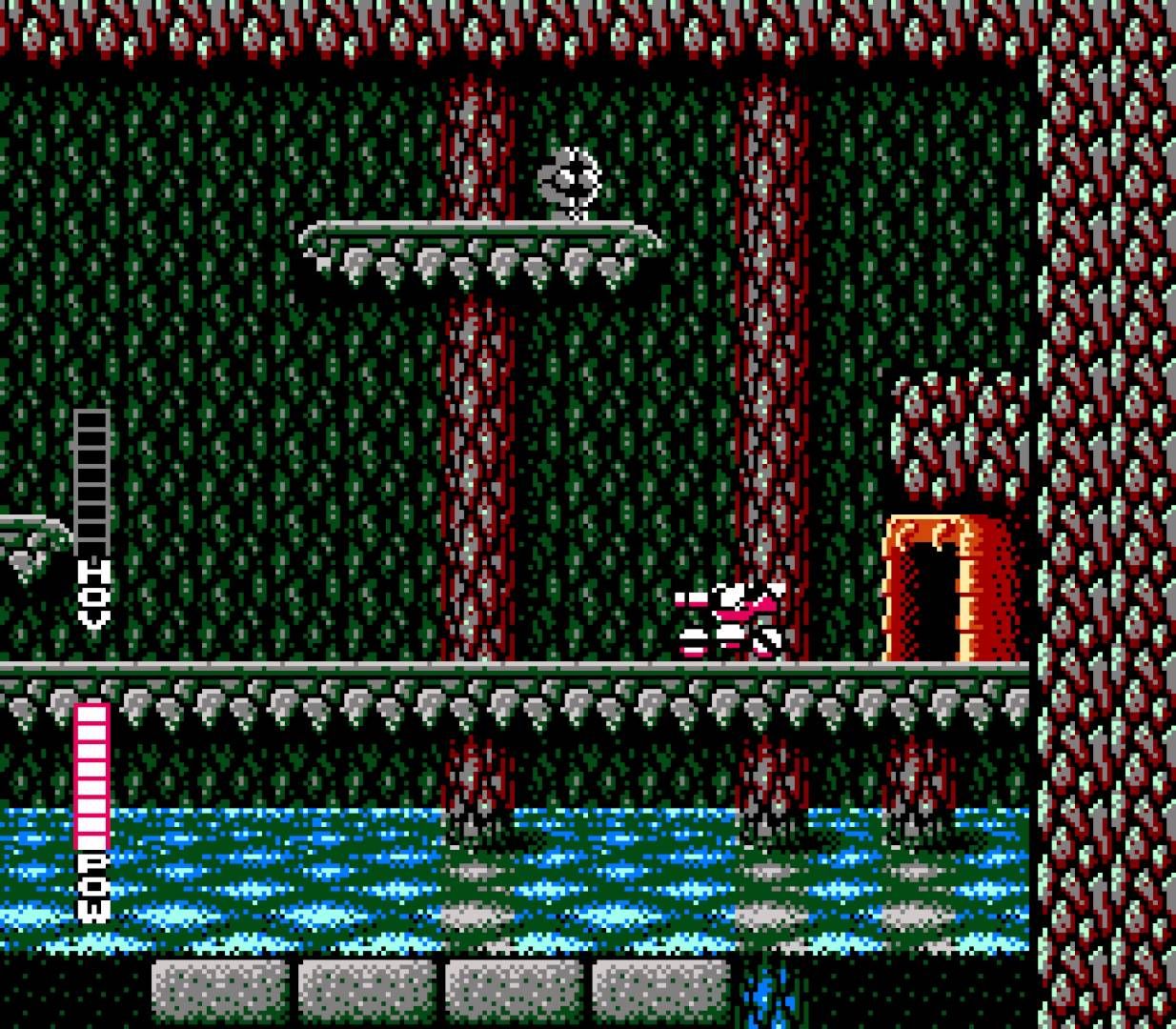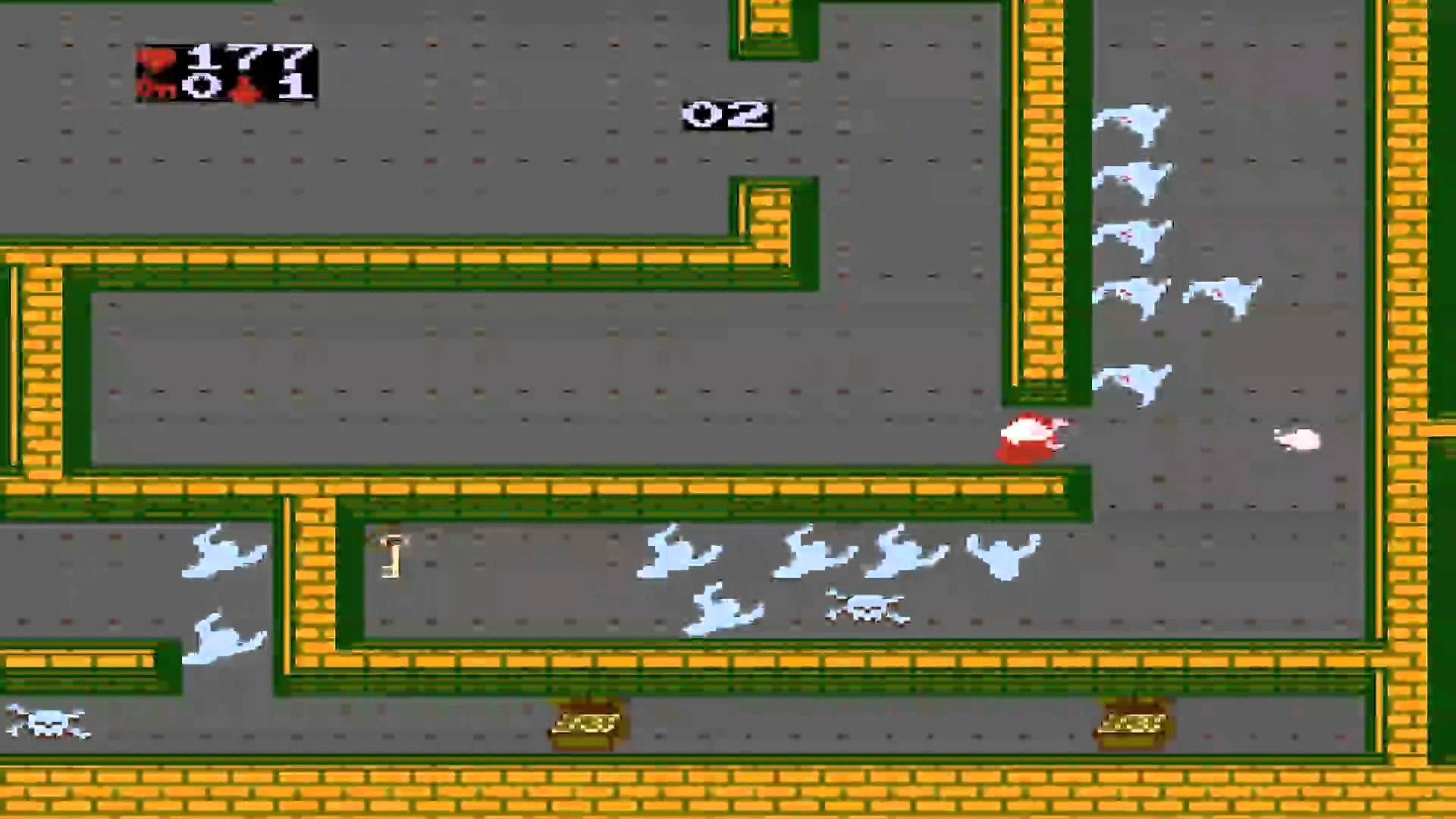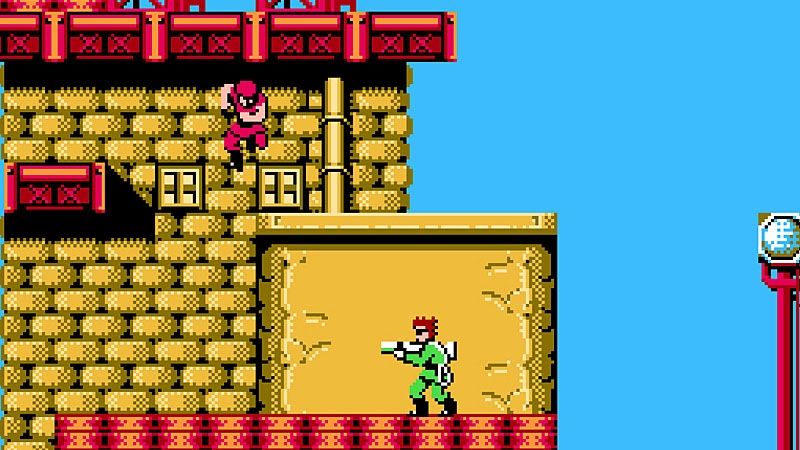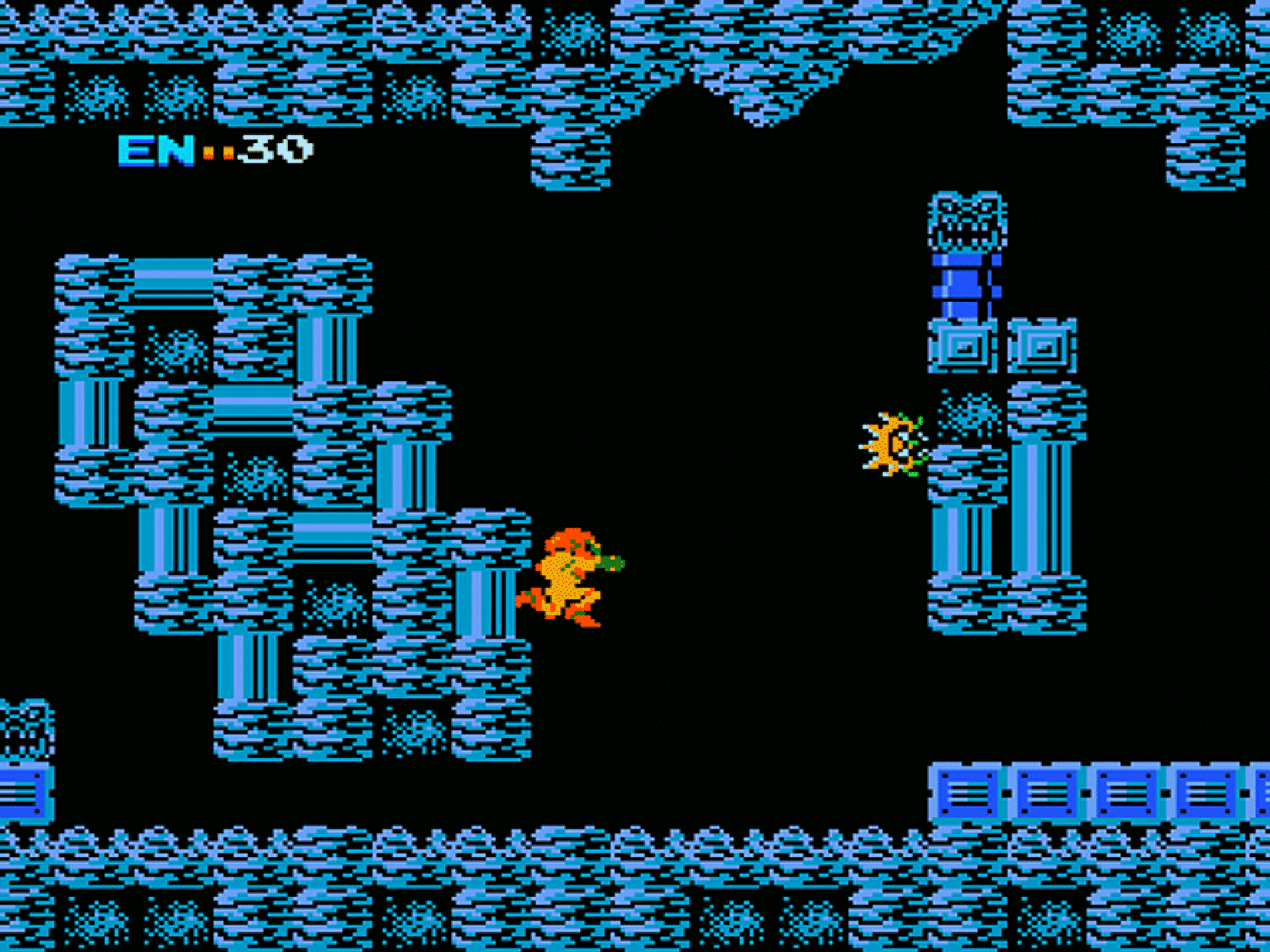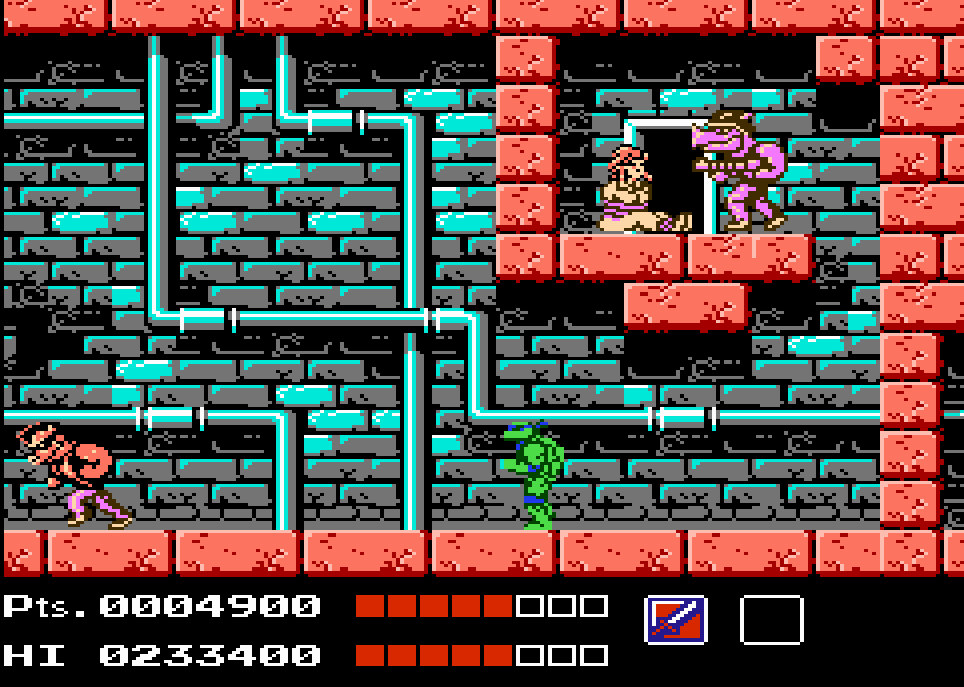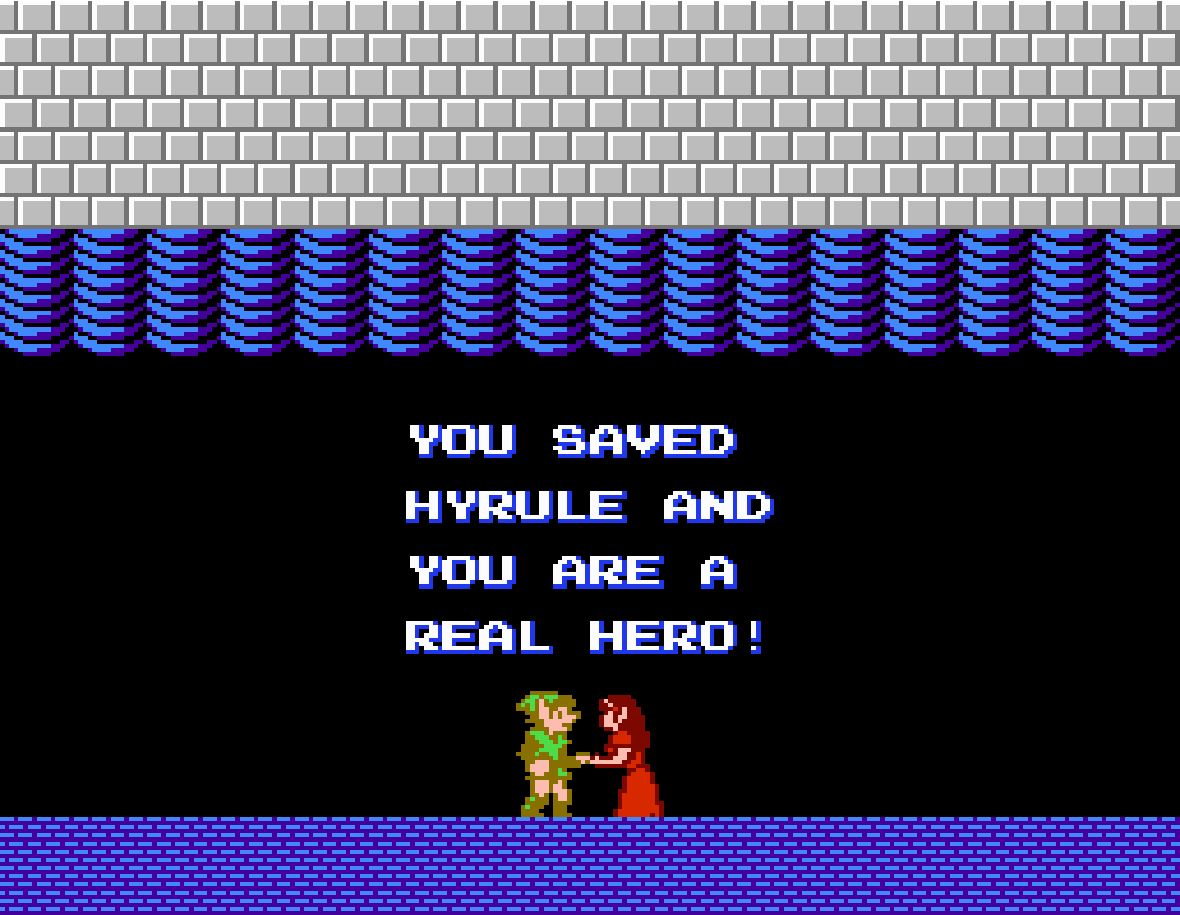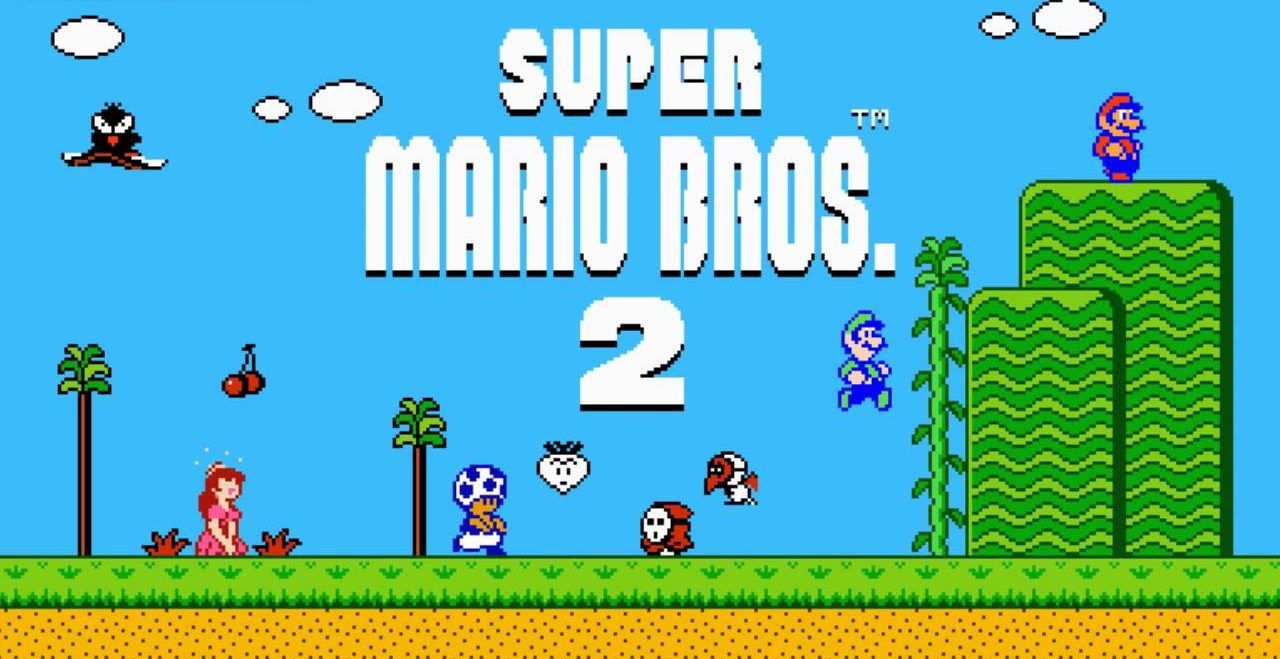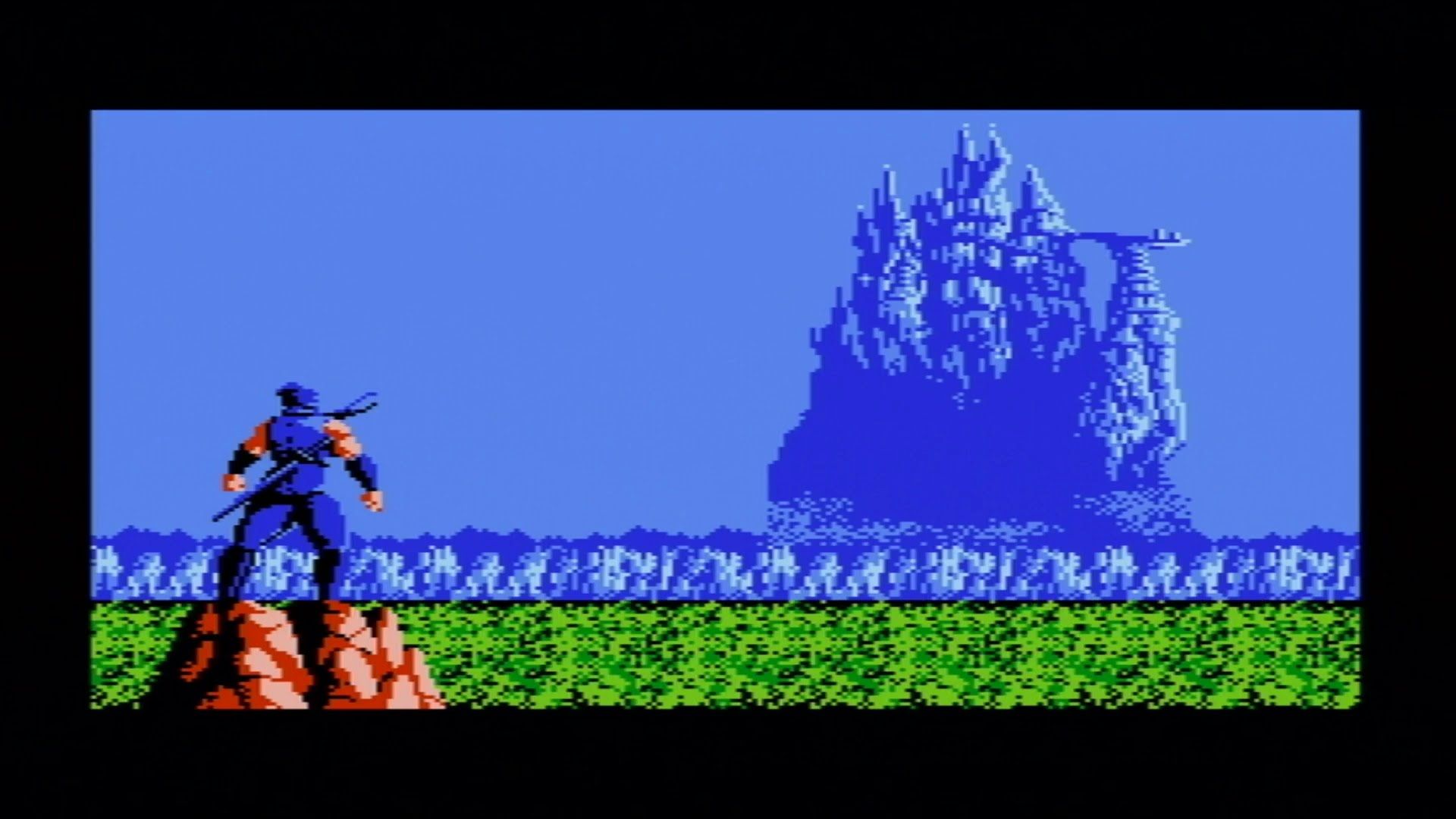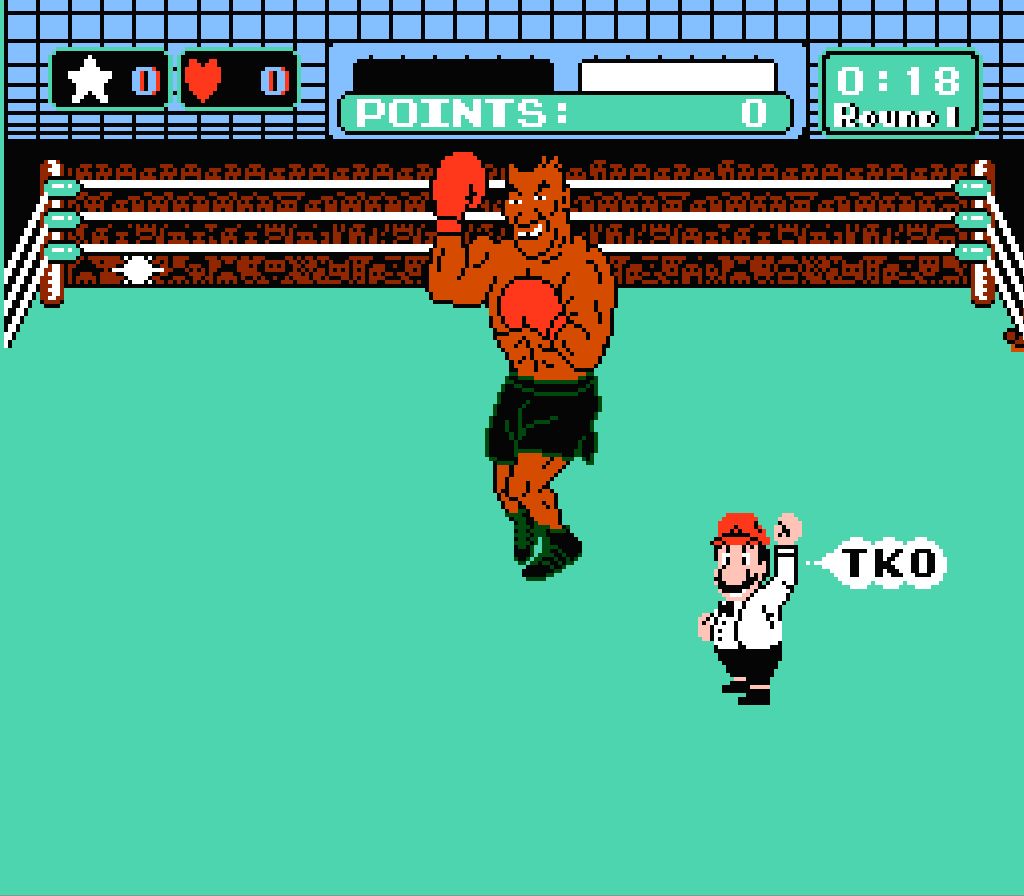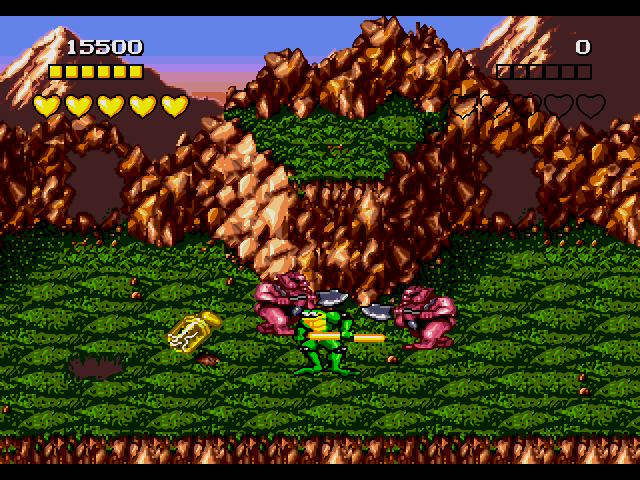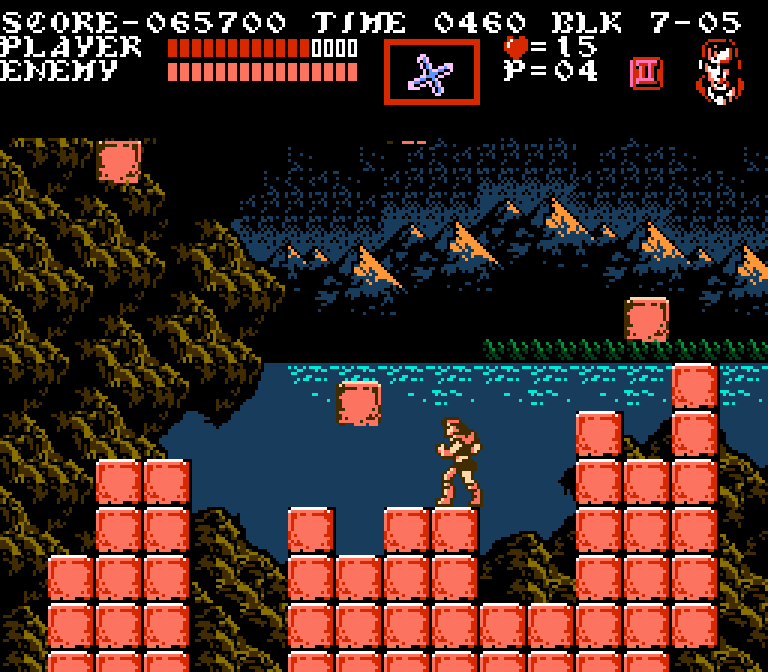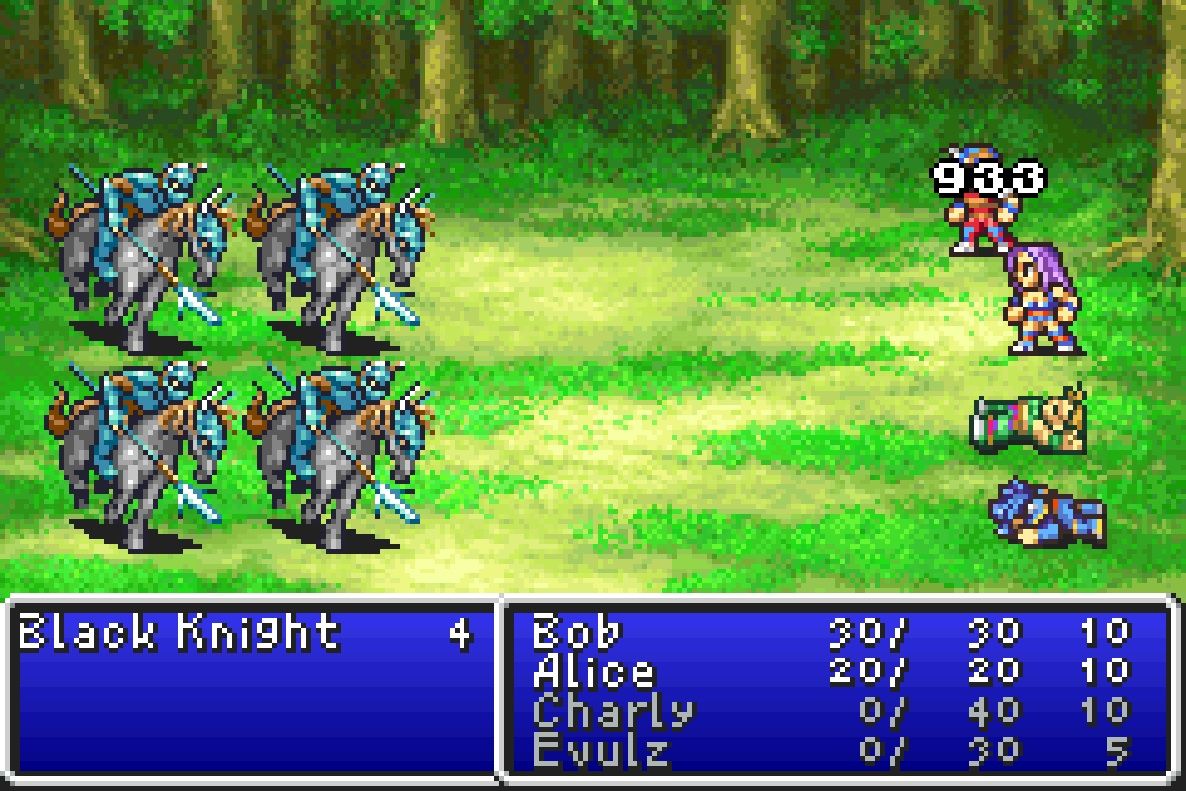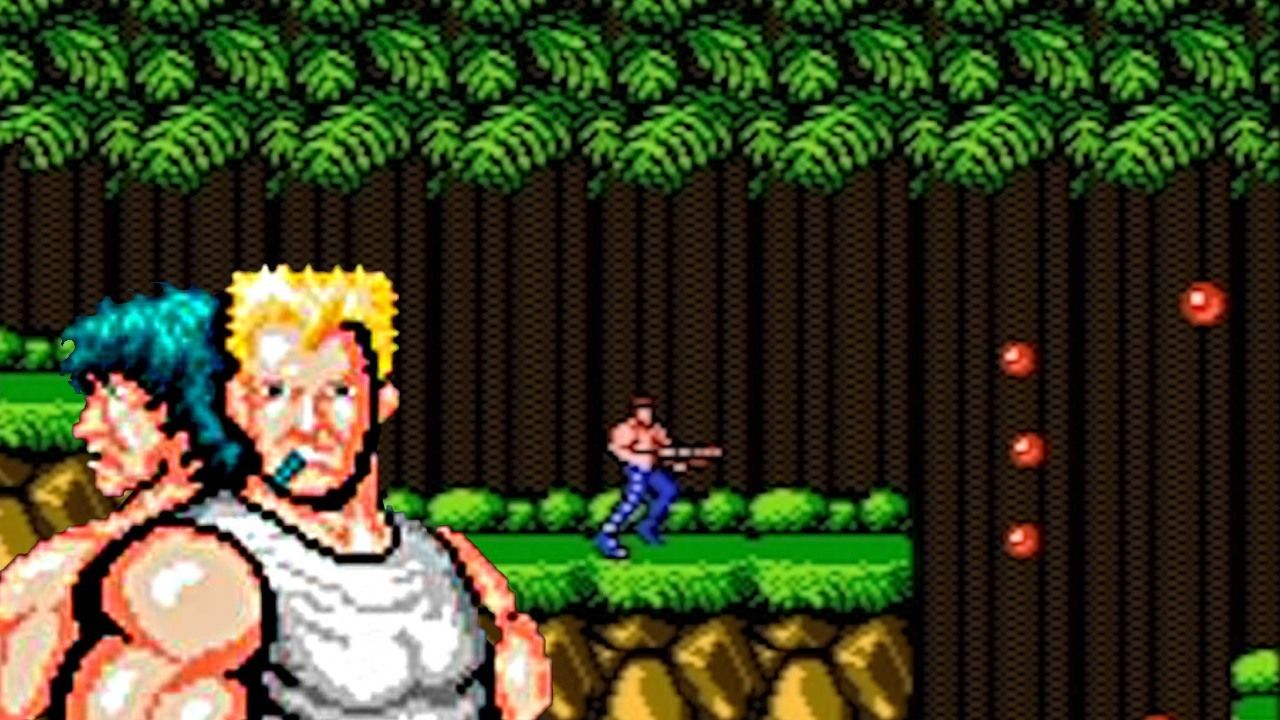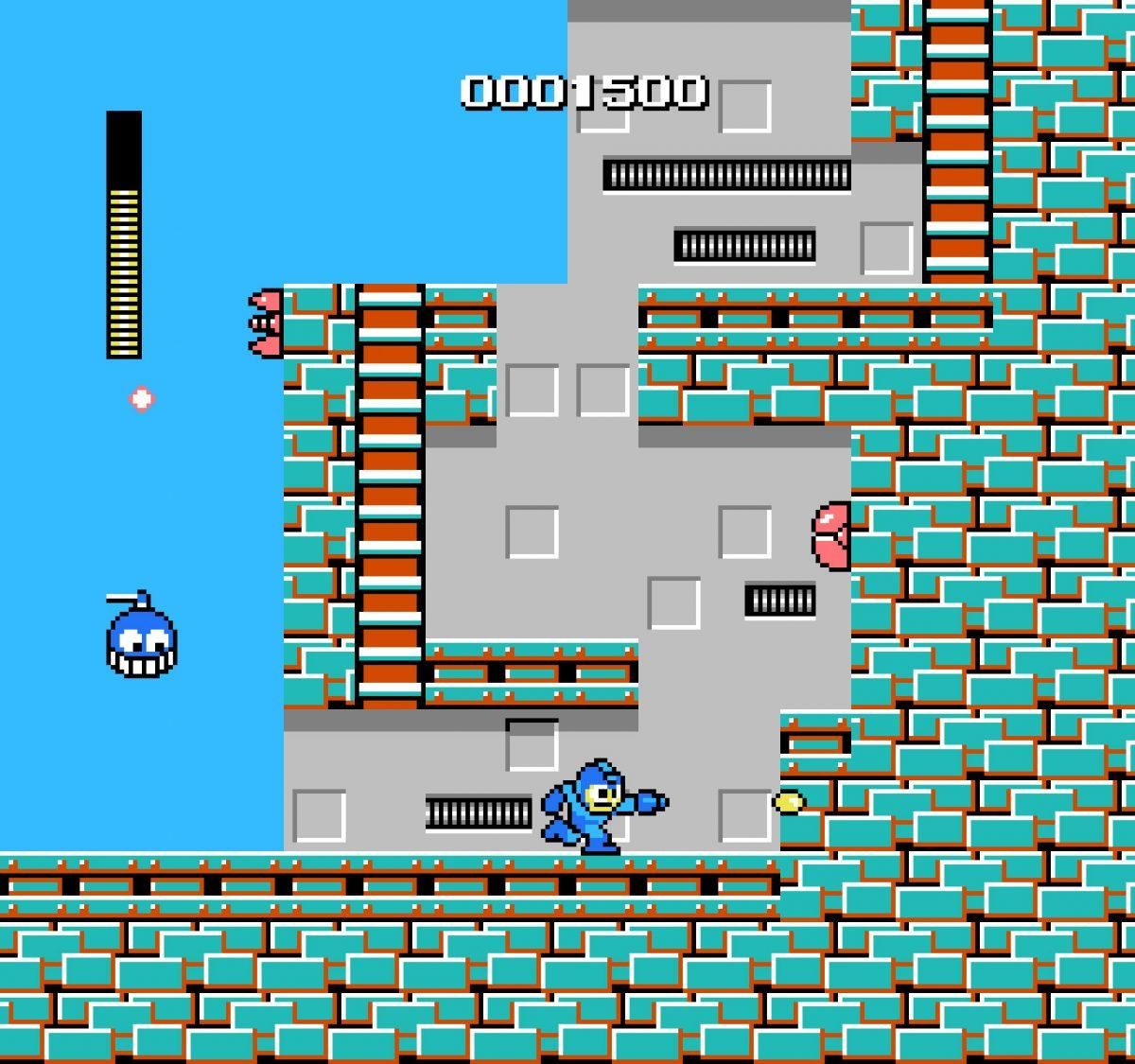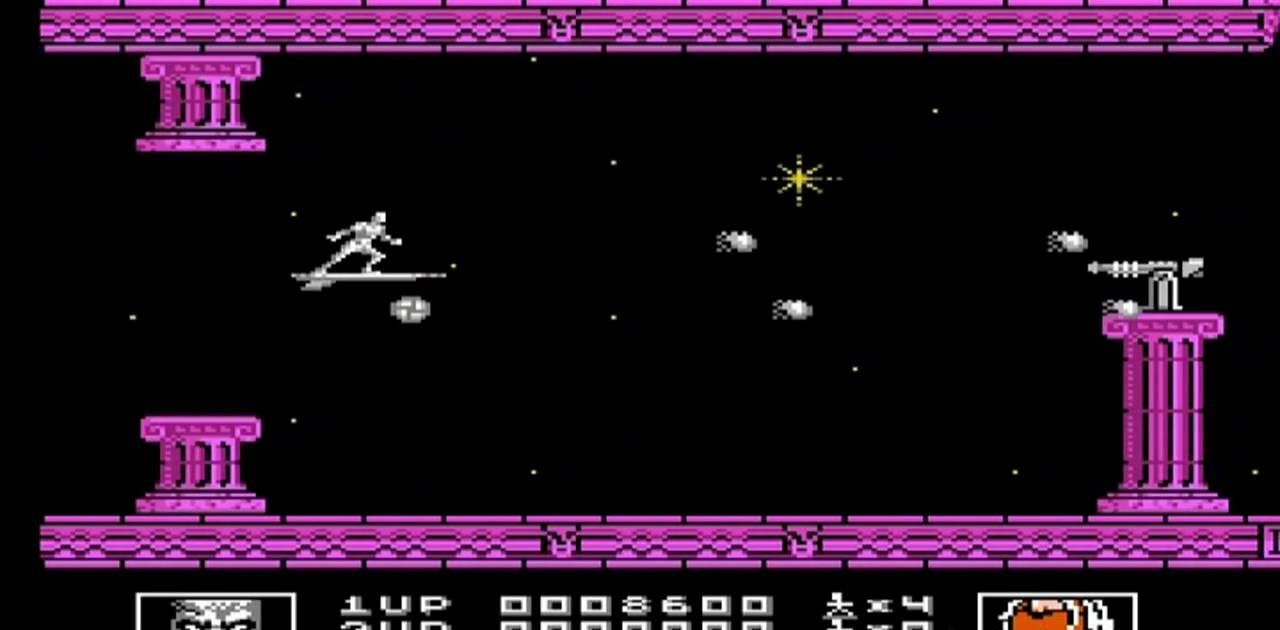Many games nowadays pull players in a multitude of directions. Where gameplay is still one of the most important aspects of the medium for sure, the way that developers are now able to tell stories, create characters that you care about, and evoke emotions from players are what have driven the industry forward. Games like Uncharted or Final Fantasy give players a reason to keep coming back for more adventures, while Call Of Duty, Destiny, and Grand Theft Auto V retain players incredibly well with constant updates to their multiplayer content.
If people were to go back and play the games of the 80s and 90s however, they'd be in for quite the treat. When hardcore fans came out in waves for the release of Crash Bandicoot: The N.Sane Trilogy, and quickly learned how much video games have changed since that time. As someone who can personal vouch for the majority, Crash Bandicoot 1 is absurdly difficult to the point where I'm still nowhere close to finishing the game's 23 levels (from playing on and off the past month and a half). This reviving of the series brought back the memories of both joy and pain of gaming in the 1990s.
Go even farther back to the NES, and the newly established home console market was treating players with games that were testing the limits and patience of their fans. Taking into account the simplified controller schemes of the NES controller, being able to complete a majority of games on the NES required hours upon hours of practice and level learning in order to master the art of games such as Super Mario Bros., Mega Man, Final Fantasy, and Contra to name a few. Yet despite the unbearable levels of frustration, surely numerous outbursts, and anger management therapy some people may have needed, the NES library consists of some of the greatest games in history for their notorious difficulty. These are 20 of the toughest games to ever release on the Nintendo Entertainment System.
20 But I've Already Been There!
1987's Rygar splits time as being both a side scroller and top down platform run and gunner. Much like the Mega Man series, players can move between the game's five different levels however they please. The difference though is that Rygar is a metroidvania style game, forcing players to have to backtrack once they're able to unlock new areas from previously explored levels. There are also a number of enemies who by default move much quicker than Rygar does, which leads to a number of areas where you're forced to toil with enemies that just litter the screen, forcing you to master cooperating dodge movements and ranged attacks. To make matters worse, anyone who purchased the PAL region's version of the game may have had a game bug in their copy that lowered the stats of Rygar before the final boss fight with Ligar, making victory nearly impossible.
19 A True Test Of Patience And Stealth
From the mind of Hideo Kojima, Metal Gear began what is now know as the modern day stealth genre. First and foremost, the biggest challenges that players have to face is the shear number of enemies that you have to sneak around as Solid Snake in a true test of tactical espionage. The early stages of trying to become familiar with maneuvering in and out of patrols probably led most players into dyer situations of multiple guards chasing you around the base, which can be daunting up until you've found yourself some weaponry to work with. What makes Metal Gear frustrating is it's meant to be played discretely, which would make the ones who like to light up the screen with bullets start to lose it pretty quickly. Metal Gear is the ultimate test of patience and strategy, and that only adds to the pressure to progress further.
18 This Game Tricks You Into Thinking It's Easy
If you thought that The Karate Kid for the NES having only four levels would mean that the game was short and sweet, then try again. Based on the first two Karate Kid movies, the first level of the game is fairly easy, which can give players a false sense of confidence before heading into the remainder of the game. Mechanically the game is designed unfairly for players. While you can punch and kick your way through enemies, the added platforming elements cause the majority of your strikes to miss their intended point of contact. Add in traps you can land in, and being hit causes your character to fall backwards can create a chain of damage resulting in your accelerated death. The Karate Kid isn't a very long game by any means, but it's designed in a way such that the longer you spend playing the game, the more and more you're going to hate it.
17 Not A Game For Beginners
Though it has the same name as the 1986 movie, Top Gun has little resemblance other than the key concept of acting as a flight simulation for players. The game consists of just four different levels, just like The Karate Kid, with objective modes for players such as Refuel and Landing mode. The two aforementioned mode that are playable can become a daunting task, since forgetting to call in your refueling tanker can leave you crashing into the ground unless you've master your fighter's aiming mechanics. While flying, the game's graphics can wreck havoc for players, since the single shaded horizon makes it difficult for you to figure out your F-14 Fighter's altitude. Also between the game's four levels, there are fourteen different types of ships, planes, and ground forces that you'll have to bring a new plan of attack for leading up to the game's top secret fourth mission. Every aspect of Top Gun is unforgiving. There are over a dozen enemy tactics to adjust to in a short amount of time. The controller layout, while simple on the NES, is more elaborate than it should be. Nothing about the game is appeal to any beginner, and like The Karate Kid from before, the longer you wind up playing the game, the more frustrating it becomes.
16 So Hard, You Have To Play It Twice
Having been released on arcade cabinets a year prior, the NES port of Ghosts N' Goblins' high difficulty isn't the biggest reason why the game is notoriously frustrating. To start, players can only be hit twice before losing a life, and must return to the start of the level each time (a common theme with most NES side-scrollers). But the kicker with Ghosts N' Goblins is the game's true ending or rather, how to unlock it. Players are already at a disadvantage with the exclusion of a save function. But it order to get the game's "true ending", you need to replay the entire game a second time on an even higher difficulty to unlock the real final battle. Most of these NES games have some sort of permadeath option already, forcing players to restart the entire game once they've depleted themselves of their remaining lives. But being forced to experience the horrors of losing everything after you've already beaten the game once? Yeah, forget about it.
15 No, You Can't Save Your Game
In contrast to the two previously mentioned games Top Gun and The Karate Kid, Blaster Master offered players a little more substance that the formers lack of levels. Blaster Master is a typical 2D side-scroller combined with run and gun mechanics, consisting of eight different levels that players are required to return to on occasion in order to progress through the game. While the added content can be praised, the lack of a password/save system can potentially lead to one of the most frustrating of experiences in gaming. Combined with the fact you must beat the game all in one sitting, the idea that someone could lose all of their lives right up until the final boss fight and be forced to start all the way from the beginning is something that players today would grow gray hairs just thinking about. Many games from this era are quite unforgiving, so Blaster Master's game design standing out has to account as one of the more daring gaming challenges for players to take on.
14 Don't Know The Map By Heart? Too Bad!
As a game that many label as "unbeatable", Gauntlet lives up to its reputation for the sheer marathon-like approach. Consisting of 100 levels, it doesn't matter who you are or what your experience with the game is. 100 levels is 100 levels, and there's no working your way around it. When you add in that your health meter is basically a ticking time bomb slowing eating at your vitality, there's a real sense of panic if you're a first-time player that can't find the entrance to the next level. The key to being successful at Gauntlet isn't the hours of dedication you must put forth to overcome it, it's the experience of knowing where everything in the game is already. For someone to understand the level layout of Gaunlet's copious number of levels would drive players to the brink of insanity. For throwing the controller at the screen, players might just throw themselves at it with this one...
13 Jumping's For Losers
Almost all 2D platformers from the NES era consist of the same three basic functions: left, right, and jump. But what happens when you rip out one of those three moves? The answer: Bionic Commando. In the game, players must use Ladd Spencer's mechanical arm to clear gaps and maneuver throughout the level. Herein lies the problem. At this point, most if not all of us are accustomed to running and jumping from platform to platform, it's muscle memory at this point. Anyone who's tried to play Bionic Commando has probably had the same issue as everyone before them. They try jumping, probably lose their minds, then go back and try to learn the game's unique style.
12 In Space, Energy Is Scarce
When the Metroid series was first introduced back in 1986, it followed suit with the majority of games in the NES library with its ramped up difficulty in a shorter game which forced players to memorize enemy locations and level designs like a mad scientist in order to be able to execute a perfect run of the game. Metroid handles its high degree of difficulty differently though. The game begins with players having 30 energy (the game's version of a health bar), and can only acquire more energy by killing enemies. The problem with this health drop approach is that the rate at which players can gain more energy is inconsistent and at most times unfair. Unless you're going for a perfect, clean run, players will lose their minds trying to hold onto their last bit of health whilst having to take out enemies that "may" have a small bit of energy to offer you in return.
11 Not Even Your Childhood Favorites Are Safe
If there was ever a single portion of a game that could drive players to total madness, you could make a strong case for Teenage Mutant Ninja Turtles' second stage. During the game's second level, players jump back a forth between swimming through the Hudson River in order to disarm eight bombs within a strict time limit of two and a half minutes. To make matters worse, the underwater portion is also littered with electric eels that severely limit your movement throughout the water. Failure to both survive and disarm all eight bombs results in a total restart of the game. Even though the entire game contains six levels in total, it wouldn't surprise many that most players would more than likely have given up before the halfway point. The best part about Teenage Mutant Ninja Turtles however is that the NES version of the game isn't even the worst. According to Kotaku, the PC version of the game has a jump that is literally impossible to clear without cheating.
10 Saving Hyrule Ain't A Walk In The Park
Part of the immediate frustration that's been had with Zelda II: The Adventure of Link is the game plays much differently than the rest of the series has. The direct sequel to The Legend of Zelda pulls many different elements from other recognized Nintendo franchises from its time. Take RPG elements and throw them in a game designed for exploration as a side scroller, and you get the second entry in the Zelda series. Zelda II takes what fans of the series became so familiar with in the first game and throws them out the window. This in turn forced hardcore fans into a game that made even the weakest of enemies feel like a struggle. Also, only being given a limited number of lives per each playthrough isn't very appealing either. At least the latter virtual console ports of the game gave you the option to save your game without having to start all over again.
9 A Change In Pace From The First One
Super Mario Bros. 2 is another example of taking what is common in a series and turning in upside down. It's apparent how different the second game is when you go to pick up your first mushroom. You're not gonna grow big and tall like the previous game, nope. Aside from the already absurd changes, the design of some of the game's levels are brutal to say the least. Many times, you're forced to actually find hidden secrets in levels, such as accidentally hitting an invisible block in the air to cover long gaps in the game. If you ever plan to take a trip down memory lane and (re)play the original Super Mario Bros. games, be prepared when you get to #2.
8 Notoriously Difficult
Ninja Gaiden offers a multitude of challenges for players between its six acts and twenty levels. Although game's difficulty has been both praised and panned by critics, having to take out aerial and ground enemies along with tough platforming level designs could push anyone to their limits. Although Ryu's ability to hang onto walls and ladders could be seen as a palette cleanser from the more traditional tropes of 2D platforming, you can't use any of your attacks. If that's not enough, every level in the game must be completed in a certain time limit, and concludes with a boss fight at the end. Even though Ninja Gaiden has been labeled as one of the best games for the NES, you can guess that beating the game required "a few controllers" per se.
7 Mike Tyson's Punch Out!!
Mike Tyson's Punch Out!! is a prime example of how a game can bring someone all the way to the top of the mountain, only to see them fall all the way down back to the beginning. Your own character has a fairly limited repertoire to work with, with jabs, uppercuts, and dodge moves. But every one of your opponents has their own unique attack sets to work with, forcing you to adapt to each person. Of course, this is all leading up the game's final fight against none other than Mike Tyson. Normally the game would end if you were to lose three separate fights leading up to the "Dream Fight", but losing just once in the final fight sends you all the way back to the beginning. A consequence that surely left many people throwing tantrums as they lost all of their progress.
6 You'd Think A Game With Toads Would Be Easier
To try and take on Battletoads requires a variety of skill sets and persistence that many of the games on this list deem mandatory. Battletoads offers a range of differing playing styles, from beat 'em ups to racing and 2D platforming, and all able to be played cooperatively. Combat in the game can be brutal with the movement and depth perception disparities, but it's trying to play alongside with friends where you can be sent over the edge. Cooperative play in Battletoads automatically comes with friendly fire, so where the difficult levels designs will already prove to be a challenge, it could be your pal that may be your ultimate demise in the end. Your TV screen is safe in this instance, but your friend should make sure to duck if he takes you out before the computer does.
5 Not All Routes Are Built Equally
Part of what makes Castlevania III: Dracula's Curse so great is that it was a return to form for what started the Castlevania series (Castlevania II was more of a metroidvania style game) as a pure platforming title. Castlevania III's achilles heel is in the game's multiple paths that you can take to completion. While the game offers multiple ending based on the routes you take, some routes are deemed to be far more difficult than others. If you're unfamiliar with the game's level design and progression, you may find yourself having to work harder than you already have to in order to beat the game. In contrast, players who may be looking for the toughest challenge may not get it right off the bat on their first playthrough, and are forced to go back and replay the story to try and experience one of the game's different ending points.
4 This Isn't What Fantasies Are Made Of
The first Final Fantasy might have sparked the beginning of one of the most decorated franchises in video game history, but the NES version of the original game can be most noted for its tedious and rather stretched out experience compared to its copious amount of platforming counterparts on the system. While most, if not all JRPGs are designed as story based, drawn out experiences in terms of length, the game's leveling system and emphasis on its random battle encounters make it borderline obnoxious at times. There are numerous points throughout a single playthrough where it feels like the story takes an extended pause before continuing. This sometimes disproportioned features of the game can start to take away from the critical praised story that Final Fantasy offers. So if you're someone who's looking for a deep and engaging story, Final Fantasy is going to give you one, but it'll take much longer than you'd probably like for it to.
3 Co-Op To Die For
Back in 2007, IGN placed Contra at #1 in their "Toughest Games to Beat" list, and for good reason. Contra can be looked at as both a blessing and curse for the shooter genre, as its easy to learn control scheme and limitless ammo features would grab its hooks into any shooter fan. Many would say that the game is also one of the reasons that cheats codes became a thing in games (though personally I think it would have happened eventually anyways), and even then the games is a huge challenge to say the least. While playing cooperatively, a player who dies has the ability to use one of their partner's lives in order to continue. If you're going to suit up and bring in one of your buddies for Contra, just make sure they know what they're doing or else you're going to suffer the consequences with them.
2 The Control System Works Against You
Many times when gamers are labeling the difficulty of a game, they'll simply range it between "easy" and "hard". In the case of the time of the NES, there was an era where games became known as "Nintendo Hard", and the first Mega-Man follows the formula of some of the most challenging games of the console's life cycle. In later entries, Capcom has done well to refine the games controls whilst maintaining the game's rigorous difficulty. Much of the first game's troubles came in its controls and mechanics, with players often times having to coup with floaty and unresponsive controls which made an already tough ask in Mega Man even tougher. Also adding to that, the game famously lacks a save function, meaning you have to be able to first master each of the game's initial six levels in one sitting before advancing to the next stage. The setup of the first stage of the game can make players feel like they're not making any sort of progress despite maybe being able to take out a level or two in the beginning with ease.
1 This Superhero Isn't That Super
Silver Surfer really isn't unlike many NES games. The game follows the traditional side scrolling and overhead perspectives while trying to take out numerous enemies at any given moment. Of course like most of these games, all it takes is a single hit for your character to die. But the reason that Silver Surfer has been touted for taking its difficulty to the character on screen in noticeably larger than any other character that had been used in-game at the size. It doesn't make much sense that a superhero of that size in a game would die after being hit by a single fired enemy round, or just by hitting a wall or ceiling. It might seem forgiving for the player to be able to jump between levels in the game much like Mega-Man does, but it's really just a red herring for you to realize that there's more than one way for a game to unfairly punish someone. This extreme case of difficulty had created a fair range of criticism, from being placed on Gamesradar's Worst Games of All Time list to being praised as a well designed sidescroller.

